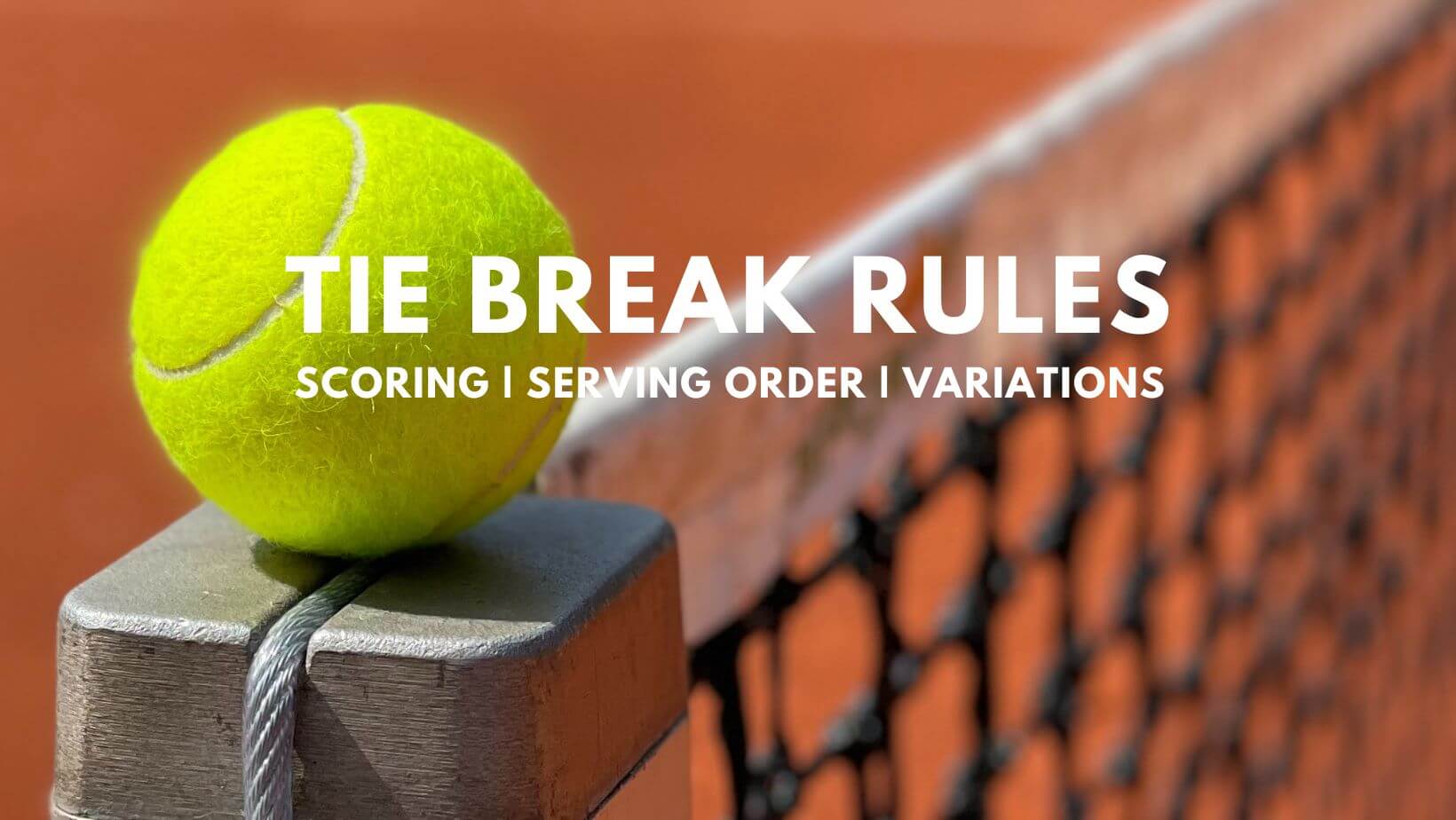Tiebreak Scoring System

In tennis, a tiebreak is a scoring system used to determine the winner of a set that is tied at 6-6. It is played as a 12-point game, with the first player or team to reach 7 points winning the tiebreak and the set.
The scoring system for a tiebreak is different from the regular scoring system used in tennis. In a tiebreak, points are scored as follows:
- The first point is worth 1 point.
- The second point is worth 2 points.
- The third point is worth 3 points.
- And so on, until the first player or team reaches 7 points.
For example, if a player wins the first three points of a tiebreak, they would have a score of 6-0. If the other player then wins the next two points, the score would be 6-2. The first player would then need to win the next two points to reach 8 points and win the tiebreak.
Tiebreaks can be very exciting, as they can often be very close. It is not uncommon for tiebreaks to go to deuce, or even to multiple deuces, before one player or team is able to win.
Rules for Winning a Tiebreak: Tennis Tiebreak Rules

Tennis tiebreak rules – In tennis, a tiebreak is a tiebreaker played when the score reaches 6-6 in a set. The player who wins the tiebreak wins the set.
To win a tiebreak, a player must score at least seven points and have a margin of victory of at least two points.
Sudden Death
If the score in a tiebreak reaches 6-6, the tiebreak enters sudden death. In sudden death, the first player to score a point wins the tiebreak.
Strategic Considerations in Tiebreaks

Tiebreaks present unique strategic challenges for players, requiring a blend of calculated decision-making and tactical execution. In this high-stakes scenario, players must navigate the fine line between risk-taking and conservatism, while also managing the mental and physical demands of the format.
Serving Tactics
The server holds a significant advantage in tiebreaks, as they control the first shot and can dictate the pace and direction of the rally. Effective serving tactics include:
- Variety: Mixing up the serve’s speed, spin, and placement keeps the receiver guessing and makes it harder to establish a rhythm.
- Targeting: Serving to the receiver’s weaker side or at the body can force them to make uncomfortable returns.
- First Serve Percentage: Aiming for a high first serve percentage is crucial to avoid giving the receiver an easy point.
Return Strategies, Tennis tiebreak rules
The receiver’s primary goal in a tiebreak is to neutralize the server’s advantage and create opportunities for winners. Effective return strategies include:
- Deep Returns: Hitting the ball deep into the court forces the server to cover more ground and limits their options.
- Cross-Court Returns: Angling returns cross-court can create awkward angles for the server and open up the court.
- Aggressive Returns: Taking calculated risks by attacking the serve can pay off, especially if the server is not hitting their spots consistently.
Risk-Taking
Tiebreaks often require players to take calculated risks, such as attempting high-risk shots or going for winners. However, it’s important to balance risk-taking with consistency, as unforced errors can be costly.
Mental and Physical Challenges
Tiebreaks can be mentally and physically demanding, with players facing intense pressure and a heightened level of adrenaline. Managing emotions, staying focused, and maintaining physical stamina are essential for success.
Tennis tiebreak rules ensure fair play during intense matches. They come into effect when the score reaches 6-6 in a set, requiring players to engage in a seven-point tiebreaker. This format is also used in the prestigious men’s Wimbledon final , where the world’s top players battle for the coveted title.
Tiebreak rules add an extra layer of excitement to the game, testing players’ nerves and strategic prowess.
Tennis tiebreak rules are designed to provide a fair and exciting way to break a tie in a set. The rules are relatively simple, but they can be difficult to understand for new players. In a tiebreak, each player serves two points in a row, alternating sides of the court.
The first player to reach seven points wins the tiebreak and the set. If the score reaches 6-6, the players continue to play until one player wins by two points. Mayar Sherif , an Egyptian professional tennis player, is known for her strong serve and aggressive play.
She has won several WTA titles and has reached the fourth round of the Australian Open. Sherif is a rising star in the tennis world, and she is sure to continue to make a name for herself in the years to come.
Tennis tiebreak rules are an important part of the game, and they can be a deciding factor in a close match.